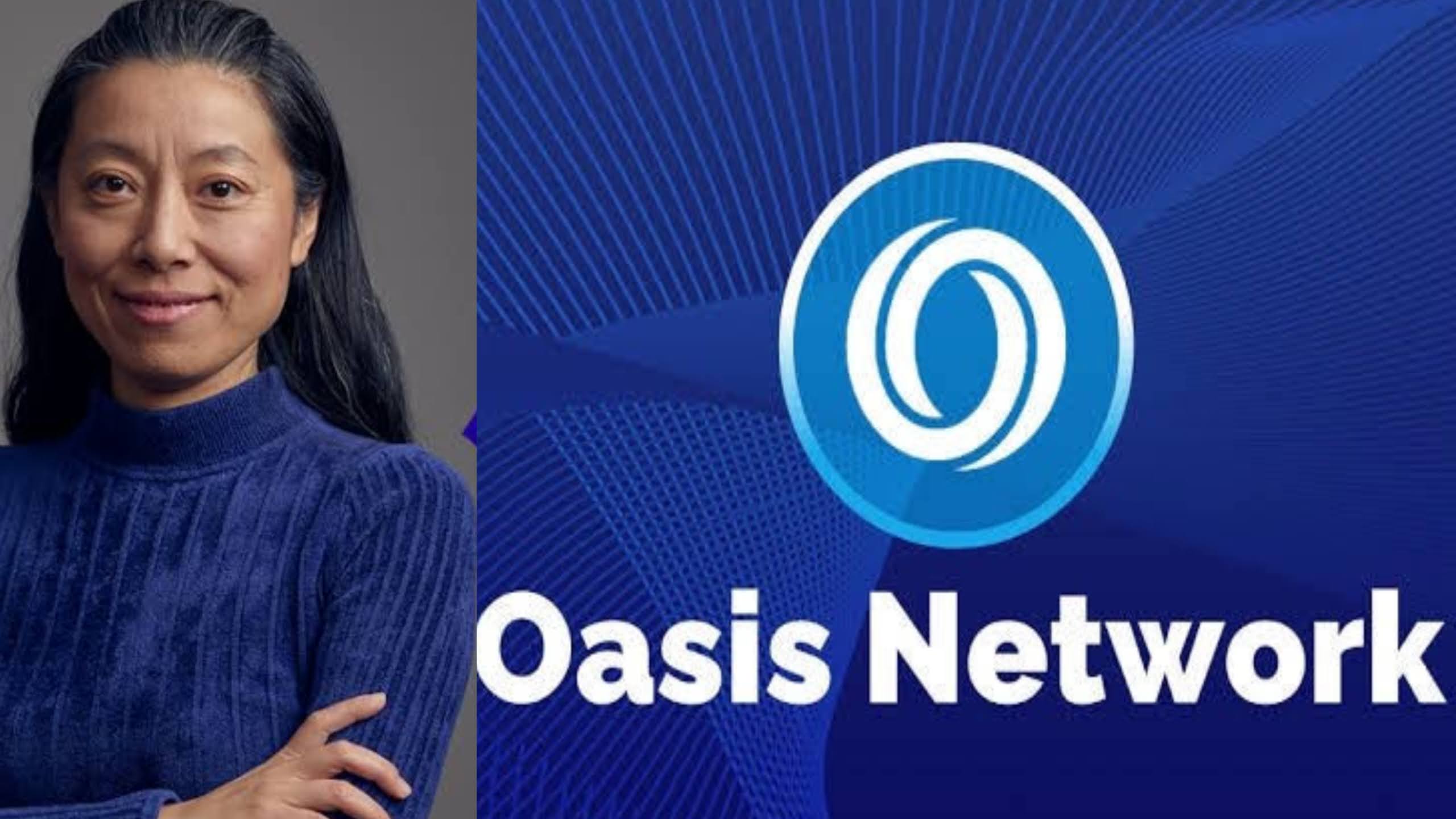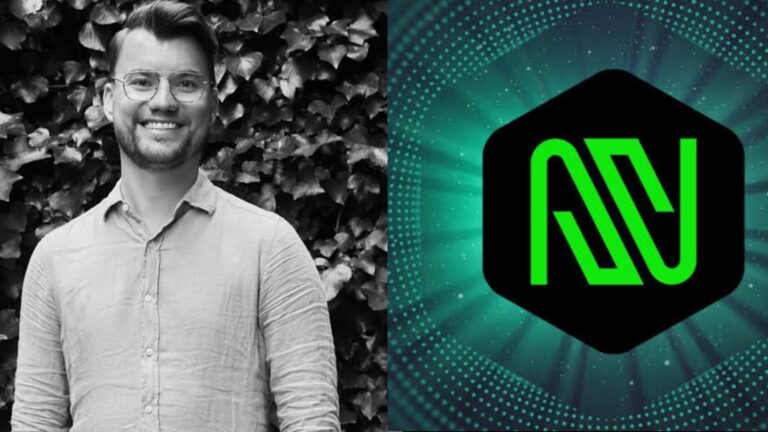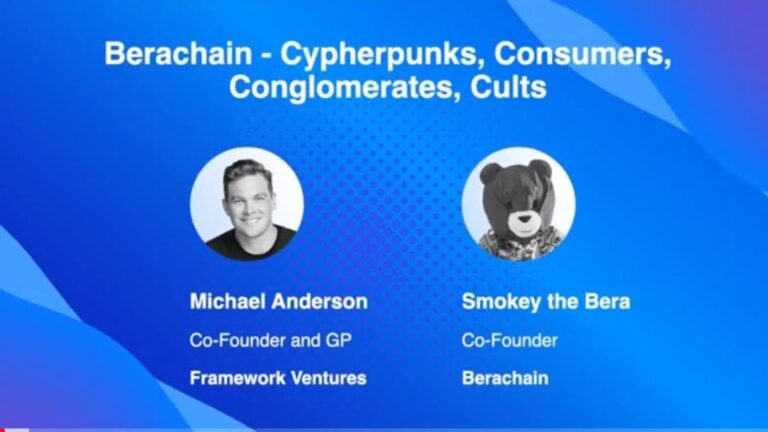Oasis Network Explained: Everything You Need to Know Before Investing – By Founder Dawn Song

In the world of decentralized finance (DeFi) and blockchain, privacy and scalability have been two of the biggest challenges. While blockchain technology offers transparency, it does not inherently guarantee privacy. Traditional blockchains like Bitcoin and Ethereum process transactions publicly, leaving users vulnerable to data exposure. To address these concerns, the Oasis Network was created to provide a privacy-first blockchain platform that also offers scalability and a user-friendly environment for decentralized applications (dApps). If you are considering investing in the Oasis Network (ROSE), here is everything you need to know about this innovative blockchain project, its ecosystem, and its future prospects.
What is Oasis Network?
The Oasis Network is a privacy-focused blockchain platform designed to enable scalable, secure, and private decentralized applications (dApps). It uses innovative technologies to address the privacy and scalability issues faced by traditional blockchains. Oasis is designed for a variety of applications, from decentralized finance (DeFi) and privacy-preserving data sharing to non-fungible tokens (NFTs), gaming, and more.
The platform utilizes Confidential Compute, a technology that enables private computations to be performed on encrypted data. By combining this with the blockchain’s immutability and transparency, Oasis ensures that sensitive data remains private while allowing it to be used within smart contracts and decentralized applications (dApps).
Oasis Network’s primary features include:
- Privacy-focused blockchain with Confidential Computing
- High scalability to support decentralized finance and data-driven applications
- Use of a unique consensus mechanism to ensure security and efficiency
- Interoperability with Ethereum and other major blockchains
- Strong focus on creating a decentralized data economy
The Founders of Oasis Network
Dawn Song, the founder of the Oasis Network, is an accomplished academic and researcher in the field of computer science. Dawn is a professor at the University of California, Berkeley, and has extensive expertise in the areas of cryptography, security, and distributed systems. She is known for her pioneering research in privacy technologies and the application of blockchain in the context of privacy preservation.
Before founding Oasis Labs and building the Oasis Network, Dawn Song was involved in several leading research projects that addressed privacy and security concerns in distributed systems and blockchain technology. Her academic background and contributions to cryptography have significantly shaped the development of the Oasis Network.
How Does Oasis Network Work?
Oasis Network offers unique features that set it apart from other blockchain platforms:
1. Privacy and Confidentiality
One of the key differentiators of the Oasis Network is its focus on privacy. Unlike many other blockchains that make all transaction data publicly visible, Oasis leverages Confidential Compute technology to allow private computations on encrypted data. This is particularly valuable in industries like healthcare, finance, and supply chain management, where data privacy is critical.
By keeping data private while still enabling its use within dApps and smart contracts, Oasis provides a secure environment for users to interact with decentralized applications without exposing sensitive information. This privacy-first approach allows Oasis to cater to enterprises and individuals who require more stringent privacy measures than traditional blockchains can offer.
2. Scalability with Paratimes
Oasis uses a novel architecture called Paratimes, which helps the network achieve scalability while maintaining high throughput and low latency. Paratimes are separate execution environments where different types of dApps can run in parallel, allowing the network to scale horizontally. This architecture decouples the consensus layer (which ensures security) from the execution layer (where transactions and smart contracts are processed), allowing multiple dApps to run at the same time without bottlenecks.
This approach ensures that the Oasis Network can handle high volumes of transactions without sacrificing performance, making it well-suited for real-world applications in DeFi, enterprise, and privacy-sensitive use cases.
3. Consensus Mechanism – ParaTime and Consensus Layers
The Oasis Network employs a two-layer consensus system that separates the consensus layer (which validates transactions and ensures security) from the execution layer (where the dApps are run). The ParaTime layer is dedicated to processing and executing smart contracts, while the Consensus layer focuses on achieving consensus across the network and securing the network as a whole.
The Consensus Layer utilizes Tendermint as its consensus protocol, a Byzantine Fault Tolerant (BFT) mechanism that ensures high security and low latency in transaction processing.
4. Tokenomics – ROSE Token
The native cryptocurrency of the Oasis Network is the ROSE token, which plays an essential role in the network’s functionality. The ROSE token serves multiple purposes within the Oasis ecosystem:
- Transaction Fees: ROSE is used to pay for transaction fees on the network, including gas fees for executing smart contracts and interacting with dApps.
- Staking: ROSE is used for staking on the network, allowing participants to validate transactions and earn rewards in return. This also helps secure the network and ensures the integrity of the blockchain.
- Governance: ROSE holders participate in the governance of the Oasis Network. This includes voting on network upgrades, protocol changes, and other important decisions related to the future of the platform.
- Delegation: Users can delegate their ROSE tokens to validators, contributing to network security while earning rewards.
ROSE is also traded on various cryptocurrency exchanges, and its value fluctuates based on market conditions and demand for the Oasis Network’s services.
5. Interoperability with Other Blockchains
One of the critical goals of Oasis Network is to enable seamless interoperability between different blockchains. Oasis is designed to support communication with Ethereum, the second-largest blockchain by market cap, as well as other blockchains. This interoperability is made possible through the “Bridge” feature, which allows assets and data to be transferred between Oasis and Ethereum, making it easier for users to interact with both ecosystems.
By enabling interoperability, Oasis Network facilitates the exchange of data and assets between different blockchains and helps the network achieve greater adoption across different sectors.
Use Cases for Oasis Network
Oasis Network is designed to support a wide range of applications across multiple industries. Some key use cases for Oasis include:
1. Decentralized Finance (DeFi)
Oasis is well-suited for decentralized finance (DeFi) applications, especially those that require privacy and scalability. In the DeFi space, users can engage in lending, borrowing, trading, and yield farming without relying on traditional financial institutions. Oasis’s privacy features enable users to maintain financial privacy while participating in these DeFi activities.
Additionally, the Oasis Network’s high throughput and low latency make it an ideal environment for complex DeFi applications that require fast and efficient transaction processing.
2. Privacy-Preserving Data Sharing
Another important use case for Oasis is in the field of data privacy. Oasis can enable privacy-preserving data sharing, where sensitive data can be used in a decentralized manner without revealing the data itself. This has significant applications in industries such as healthcare, finance, and research, where the need for secure and private data exchange is paramount.
For instance, healthcare companies can share medical data for research purposes while maintaining privacy through encryption and Confidential Compute. Similarly, financial institutions can use Oasis to conduct transactions without revealing proprietary data to competitors or regulators.
3. Enterprise Applications
Oasis’s privacy and scalability features make it highly suitable for enterprise applications. Large organizations can leverage the network to build secure, decentralized applications that handle sensitive business data while maintaining compliance with privacy regulations such as GDPR.
Enterprises can use Oasis for everything from supply chain tracking to data storage and management, taking advantage of the platform’s ability to scale according to their specific needs.
4. NFTs and Gaming
Non-fungible tokens (NFTs) and gaming have become some of the fastest-growing sectors within the blockchain space. Oasis can support these industries by enabling private and secure ownership of digital assets, such as collectibles, in-game items, and art, while still allowing users to interact with other players and platforms.
With its strong emphasis on data privacy and scalability, Oasis is well-positioned to become a go-to blockchain for gaming and NFT platforms that prioritize security and private transactions.
Why Invest in Oasis Network (ROSE)?
There are several reasons why investors might consider the Oasis Network a valuable investment opportunity:
1. Focus on Privacy and Security
Oasis Network’s strong focus on privacy makes it highly attractive for users and enterprises seeking secure blockchain solutions. Privacy is a critical issue in the digital world, and Oasis has positioned itself as a leading platform for privacy-focused decentralized applications.
2. Scalability and Performance
Oasis Network’s use of Paratimes allows it to scale in a way that most other blockchains cannot, enabling faster transactions and better performance, particularly for DeFi and enterprise applications. This scalability is essential for supporting the growing demand for blockchain-based applications.
3. Growing Ecosystem
As Oasis continues to expand its ecosystem of decentralized applications, its role in the blockchain industry is expected to grow. The network’s interoperability with Ethereum and its privacy-first approach will help it attract more developers and users, fostering a vibrant and growing community.
4. Strong Team and Research-Driven Development
Led by Dawn Song, a leading academic in the field of cryptography and privacy, Oasis is backed by strong research-driven development. The team has a proven track record in blockchain, cryptography, and security, which adds credibility to the project.
5. Market Potential
As blockchain technology becomes increasingly mainstream, platforms that offer privacy, scalability, and interoperability will likely experience higher demand. Oasis’s unique combination of these features makes it well-positioned to capture market share in various industries.
Conclusion: Should You Invest in Oasis Network (ROSE)?
The Oasis Network offers a powerful combination of privacy, scalability, and decentralized computing, making it one of the most innovative blockchain projects
in the space. If you’re interested in privacy-preserving applications, decentralized finance, and secure data sharing, then Oasis Network could be a worthwhile investment to consider.
While the blockchain space remains volatile, the Oasis Network has the potential to disrupt several industries by solving critical privacy and scalability issues. With a strong team and a clear vision for the future, Oasis could be a major player in the next phase of blockchain adoption. However, as with any investment, it’s important to do thorough research and understand the risks before committing to any position.
If you believe in the future of privacy-first blockchain platforms, Oasis Network (ROSE) may be worth considering as part of your investment portfolio.







